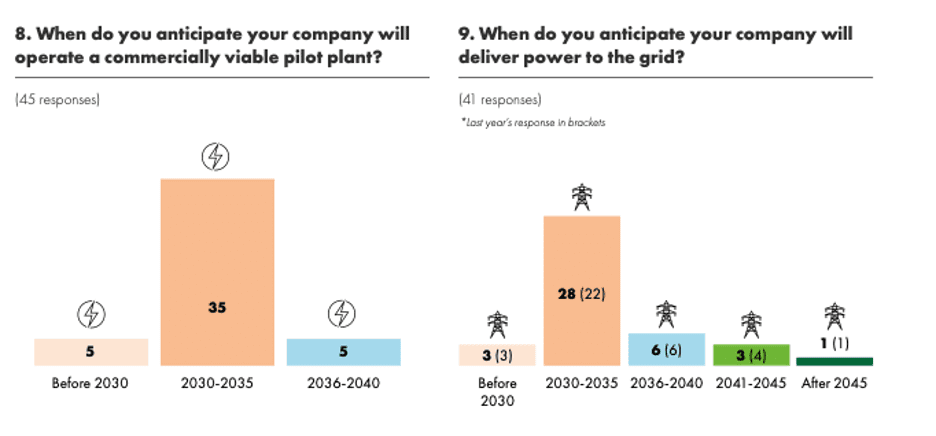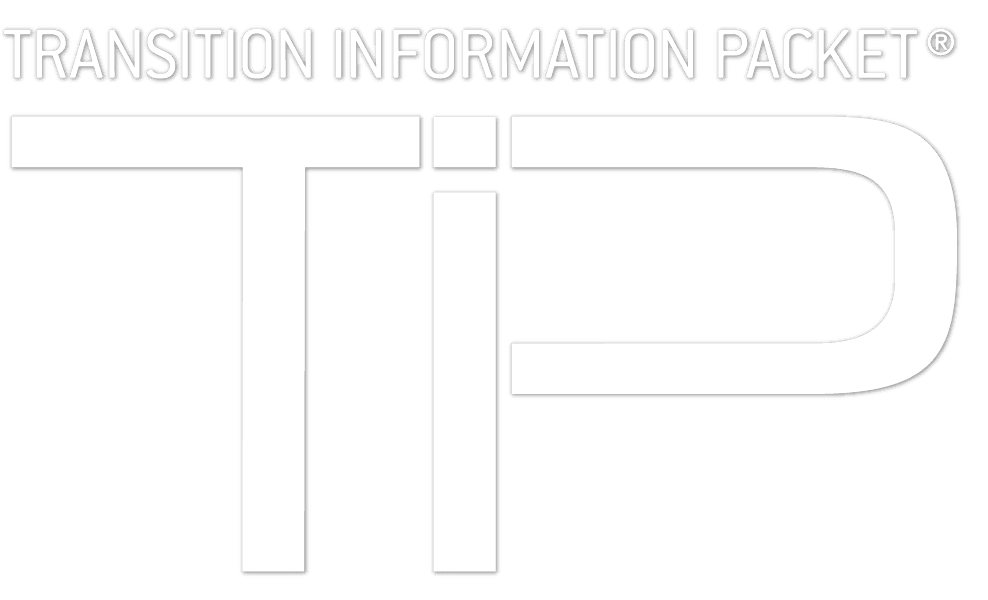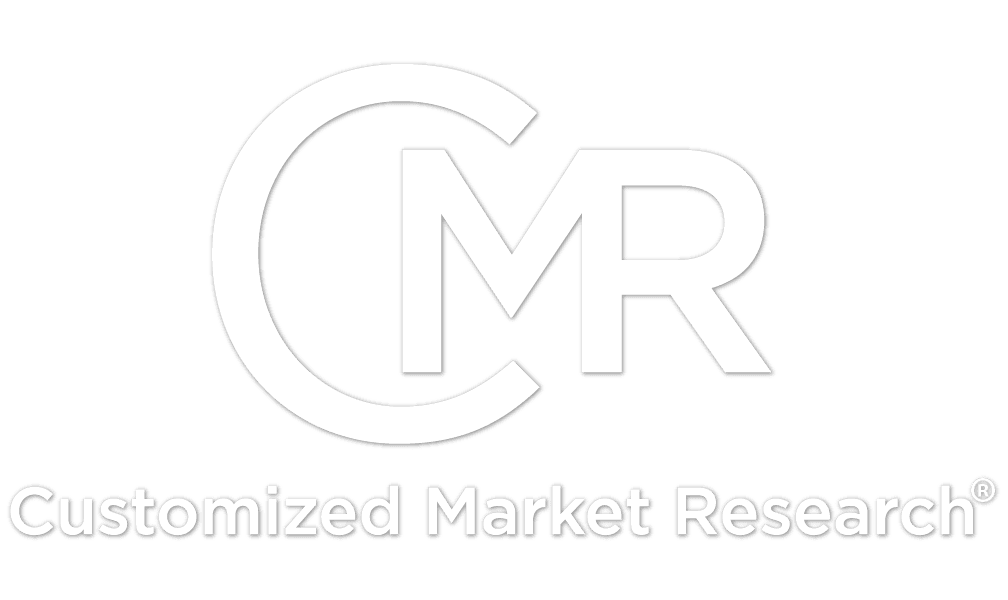The field of telehealth is increasingly used by practitioners and patients to address acute or long-term medical concerns. Within this broader field, remote patient monitoring allows patients to use mobile medical devices and technology to gather patient-generated health data (PGHD) and send it to healthcare professionals. These tools are applicable to a variety of conditions and patients, including first responders and warfighters. For example, within the Department of Defense (DoD), there is enormous interest in continuous monitoring, analysis, and transferring of casualty information to systems that can be autonomously implemented for triage combat and field medical response.
Remote patient monitoring and telehealth encompass several key areas, including monitoring devices. BCC Research reports that the global market for patient monitoring devices will grow from $20.3 billion in 2018 to $25.9 billion by 2023 at a compound annual growth rate (CAGR) of 5.0% for the period of 2018-2023. MarketsandMarkets goes on to note that the integration of monitoring technologies in smartphones and wireless devices is a major trend in patient care, resulting in the introduction of remote monitoring devices, mobile cardiac telemetry devices, mobile personal digital assistant (PDA) devices, ambulatory wireless EEG recorders, and ambulatory event monitors. Furthermore, advanced devices such as mobile PDA devices enable the real-time transmission of data. These devices be used for long-term monitoring and are often compact enough to store large amounts of data without restricting the patient’s freedom of movement. These remote patient monitoring devices solutions can enhance patient care delivery and improve patient outcomes for conditions that need continuous monitoring in hospital and non-hospital settings. Remote monitoring is commonly used for cardiovascular, neurological, and respiratory conditions.
Frost & Sullivan’s Advanced Medical Technologies Global Director, Sowmya Rajagopalan, believes that “In the future, patient monitoring data will be combined with concurrent streams from numerous other sensors, as almost every life function will be monitored and its data captured and stored. The data explosion can be harnessed and employed through technologies such as Artificial Intelligence (AI), machine learning, etc., to deliver targeted, outcome-based therapies.”
Frost & Sullivan forecasts that developers will look to incorporate disruptive technologies in the future, including:
- Brain-computer interface (BCI)
- Wearables/Embedded/Biosensors
- Smart Prosthetics/Smart Implants
- Nano-robotics/Digital Medicine
- Advanced Materials/Smart Fabrics
In terms of DoD’s use of remote medicine, the U.S. Air Force is already in the game, with its Battlefield Assisted Trauma Distributed Observation Kit (BATDOK) application for mobile patient monitoring that serves as a multi-patient, point of injury, casualty tool that assists human operators and improves care. Additionally, the U.S. Army’s Telemedicine & Advanced Technology Research Center’s (TATRC) is engaged in essential medical research focused on advanced medical technologies and is dedicated to bringing innovative telehealth solutions to the Warfighter and the Military Health System.
To learn more about this market, the American Telemedicine Association Annual Conference and Expo is coming up in May 2020. Materials from the recent Military Health System Research Symposium (MHSRS) may be viewed on the conference website.







